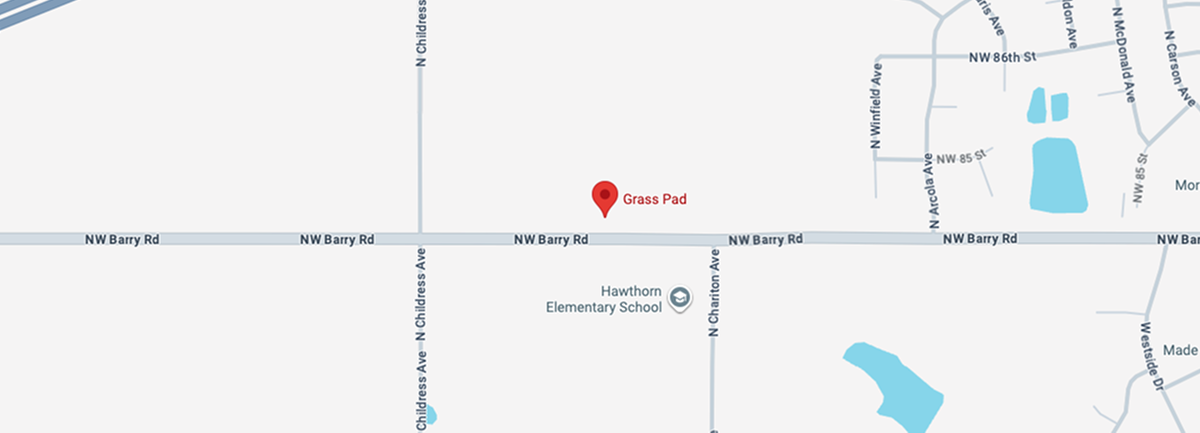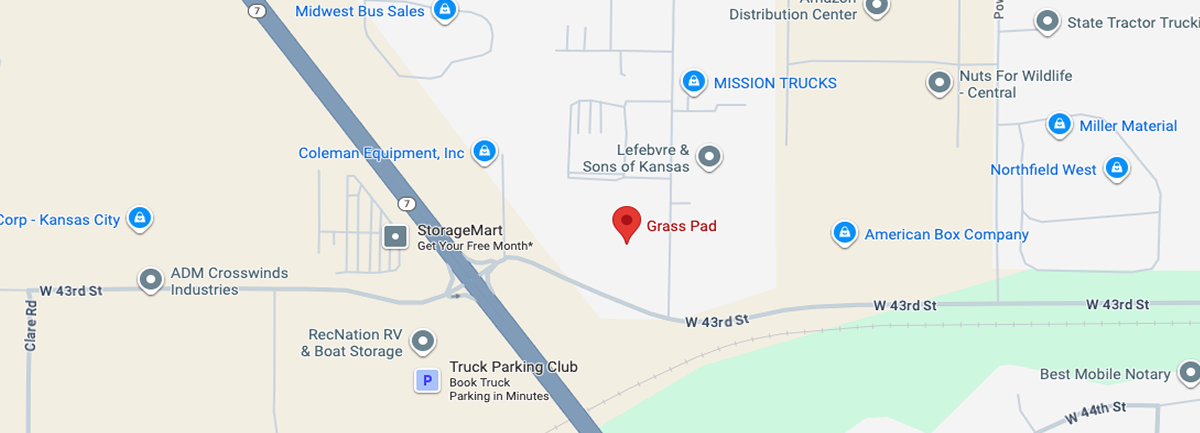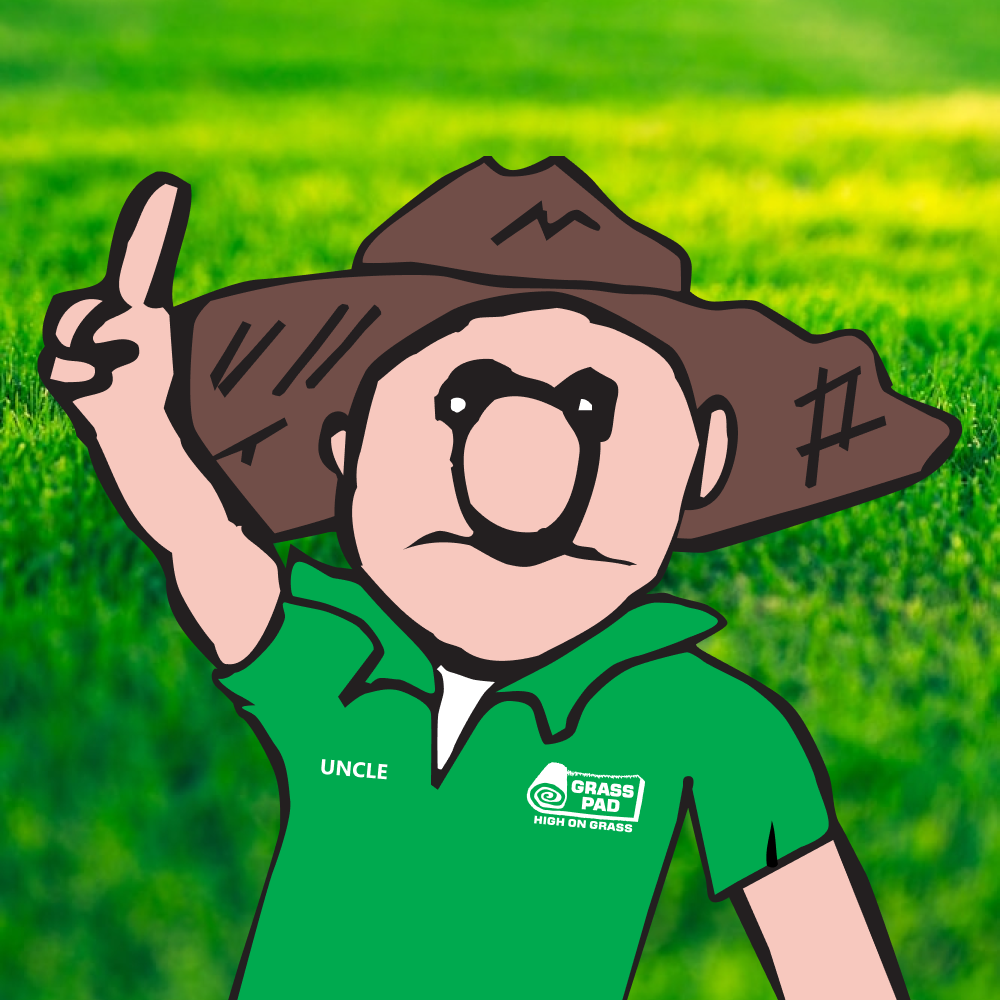The 5% bluegrass! Heat Wave Plus combines the drought tolerance and heat resistance of fescue with the repairability and deep green of bluegrass, giving you the best of both worlds.

Heat Wave® Plus
Heat Wave Plus is an improved turf type tall fescue plus Elite Kentucky Bluegrass. This grass seed is the perfect combination of fescue and the healing characteristics of bluegrass.
Additional Information
-
Water Requirements
Fairly Drought Tolerant
-
Traffic Tolerance
Good
-
Exposure
Sun, Partial Sun, Shade
-
Heat Tolerance
Excellent
-
Germination Time
10-14 days in ideal conditions
-
Mowing Height
Spring 2-3 inches | Summer 3-4 inches
-
Recommended Overseeding Rate
5-8 lbs. per 1,000 sq . ft.
-
Recommended Bare Ground Rate
10-12 lbs. per 1,000 sq . ft.
-
Recommended Dormant Seeding Rate
8-10 lbs. per 1,000 sq . ft.
No Fillers Here
Mother Nature has grown grass for a billion years without gimmicks—don’t be fooled by coatings or fillers that give you less seed for more money. At Grass Pad, we sell full-weight bags and recommend using Primera Field Conditioner or Peat Moss to cover the bare spots and a starter fertilizer like Golf Course Starter to feed the grass seed and help establish strong roots.
All Grass, No Weeds
When buying grass seed, always read the analysis label to ensure it contains zero weeds, zero other crops, and minimal inert matter—key indicators of turf-quality seed. Even tiny amounts of weed or crop seeds like annual rye or K-31 can ruin a manicured lawn, so choose seed cleaned by expert farmers with less than 2% inert content.
Feed the lawn when it’s hungry! Cool season grasses like Heat Wave Plus want to be fed when they’re the most active, which is spring and fall. Check out Uncle’s Idiot Proof Program, which is specifically designed to feed the lawn and prevent weeds throughout the year.
Early Fall is the best time for overseeding in the Midwest. The warm soils make for quick germination and the plant has the longest time possible before the heat of summer returns. Heat Wave Plus can also be seeding over the winter with a process called dormant seeding, or in early spring.







